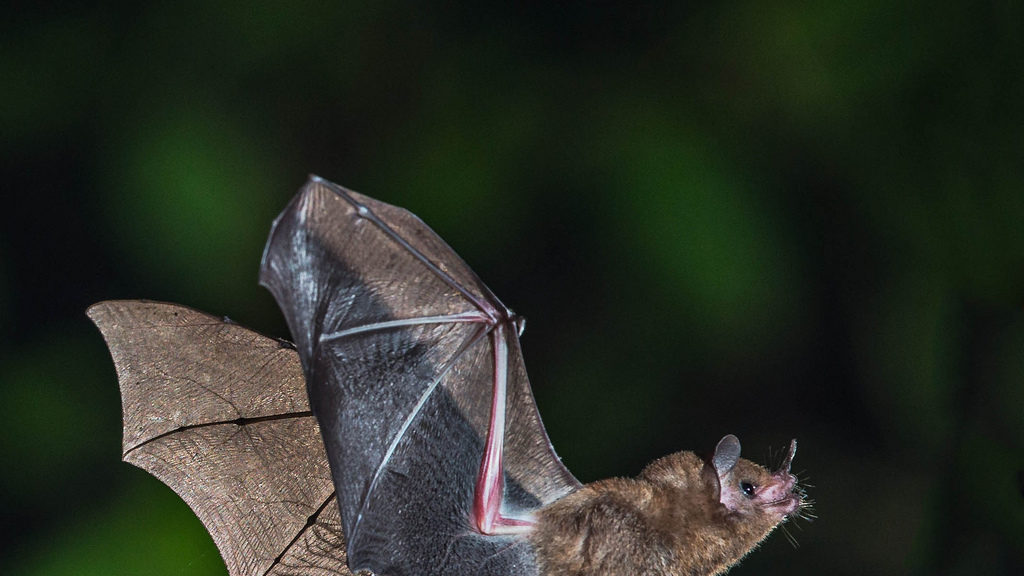International Bat Night (the 29th August) is a time to celebrate this marvel of the natural world – flying mammals. Bats account for nearly one quarter of the mammals found throughout the world, which equates to approximately 1300 species, and are found in the ‘old world’ – Africa – and the ‘New World’ – the Americas – and everywhere else in-between – other than Antarctica.
For something so small, they pack a huge punch. Bats can live for over 30 years in the wild and can fly up to speeds of 60mph eating a colossal 1200 insects in an hour, or several kilograms of fruit per night, or in three species of bat, including the vampire bat, a healthy dose of blood.
They act as natural biological controllers of pests, and as pollinators. In fact, through pollination of the agave plant, they are the sole animal accountable for providing the human race with tequila. Their droppings, called guano, are used as fertilizer and in fact at one time they were the only contributor to the fertilizer industry providing more GDP than oil in certain states of the US! If you think that bats do not have an impact on your life, then think again. Their services to the environment, to agriculture, and to human health and welfare are evident all around us, sustaining how we live.
Every night at dusk in spring, summer and autumn, aerial warfare gets underway. Using phenomenally high pitched calls at several decibels of loudness, insectivorous bats hunt down their prey. Caught in an acoustic evolutionary arms race between insects, certain species of bats have forged evolutionary tactics that astound the layman. Certain species of moth can acoustically jam certain species of bat thus rendering themselves invisible. Bats overcome this by adopting prey tactics and call structures that ensure that they can see what is it they are dealing with. Bats can tell insect prey type, winged/wingless, hard or soft bodies and even which side of the spider web the spider is on. In turn, moths elicit an acoustic startle response in the bats which allows the moths to fly off or undertake full cessation of flight in order to avoid the hungry mouths.
So, when you are outside in the fine weather having an evening drink, and you have a spare moment….look up! A nightly war is waged between bats and their prey every evening. You’ll never hear it unless you tune in with a bat detector but you might just witness some serious aeronautical displays in our only mammal that can achieve true flight.
International Bat Night is a celebration of bats. The Bat Conservation Trust (BCT) says that they aim to “encourage thousands of people across the country to see and hear bats in their natural environment by taking part in a range of events organised by local bat groups, wildlife trusts, countryside rangers and other organisations across the country”. It is a time for everyone to get involved and to marvel in something so small that plays such a huge part in our lives. Bats exhibit great diversity and geographic spread across six continents so be assured that bats are always nearby. Their role in maintaining local ecosystems and certain human economies means that bats play a role in our lives that is bigger than you thought. Take a moment to spare a thought for bats; they are an honest and true ally and perhaps man’s real best friend.











